Indian toilet standards encompass a wide range of factors that contribute to the design, construction, and maintenance of toilets in India. These standards play a crucial role in ensuring the health, safety, and comfort of individuals using the facilities. From the type of toilets to the materials used, Indian toilet standards are designed to meet the diverse needs of the population while adhering to quality and safety guidelines. One of the key aspects of Indian toilet standards is the type of toilet commonly found in households and public facilities across the country. In India, the most common type of toilet is the squat toilet, also known as the Indian toilet. Unlike Western-style toilets, which are designed for sitting, squat toilets are meant for squatting. This design is based on the traditional squatting posture that is commonly practiced in India and other parts of Asia.
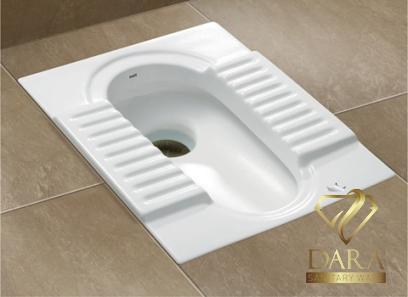
.
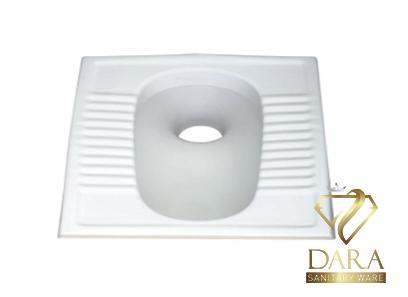 Another important aspect of Indian toilet standards is the materials used in the construction of toilets. Toilets in India are typically made from a variety of materials, including ceramic, stainless steel, and plastic. Ceramic toilets are the most common choice for household toilets due to their durability, ease of maintenance, and aesthetic appeal. Stainless steel toilets are often used in public facilities and commercial spaces for their strength and resistance to corrosion. Plastic toilets are a more economical option and are often used in temporary or makeshift toilet facilities. In addition to the type of toilet and materials used, Indian toilet standards also cover aspects such as toilet design, size, and layout. Toilet design plays a crucial role in ensuring the comfort and safety of the user. Indian toilet standards specify guidelines for the placement of toilets, ventilation, lighting, and accessibility features to ensure a pleasant and hygienic experience for all users.
Another important aspect of Indian toilet standards is the materials used in the construction of toilets. Toilets in India are typically made from a variety of materials, including ceramic, stainless steel, and plastic. Ceramic toilets are the most common choice for household toilets due to their durability, ease of maintenance, and aesthetic appeal. Stainless steel toilets are often used in public facilities and commercial spaces for their strength and resistance to corrosion. Plastic toilets are a more economical option and are often used in temporary or makeshift toilet facilities. In addition to the type of toilet and materials used, Indian toilet standards also cover aspects such as toilet design, size, and layout. Toilet design plays a crucial role in ensuring the comfort and safety of the user. Indian toilet standards specify guidelines for the placement of toilets, ventilation, lighting, and accessibility features to ensure a pleasant and hygienic experience for all users.
..
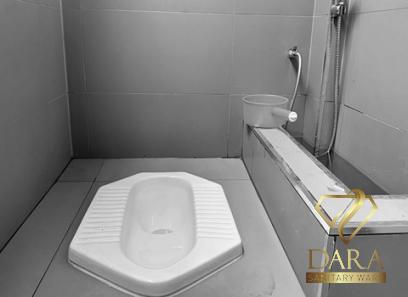 The cost and affordability of toilets are another important consideration when it comes to Indian toilet standards. While there is a growing demand for modern toilet facilities in India, cost constraints can be a significant barrier to access. To address this issue, initiatives such as the provision of subsidies, microfinance options, and public-private partnerships have been implemented to make toilets more affordable and accessible to underserved communities. In conclusion, Indian toilet standards encompass a wide range of factors that contribute to the design, construction, and maintenance of toilets in India. These standards are designed to ensure the health, safety, and comfort of individuals using the facilities while promoting sustainability, accessibility, and hygiene. Whether it’s a traditional squat toilet or a modern Western-style toilet, adherence to Indian toilet standards is essential for providing a safe, comfortable, and hygienic sanitation experience for all individuals.
The cost and affordability of toilets are another important consideration when it comes to Indian toilet standards. While there is a growing demand for modern toilet facilities in India, cost constraints can be a significant barrier to access. To address this issue, initiatives such as the provision of subsidies, microfinance options, and public-private partnerships have been implemented to make toilets more affordable and accessible to underserved communities. In conclusion, Indian toilet standards encompass a wide range of factors that contribute to the design, construction, and maintenance of toilets in India. These standards are designed to ensure the health, safety, and comfort of individuals using the facilities while promoting sustainability, accessibility, and hygiene. Whether it’s a traditional squat toilet or a modern Western-style toilet, adherence to Indian toilet standards is essential for providing a safe, comfortable, and hygienic sanitation experience for all individuals.
…
 As India continues to prioritize sanitation and hygiene as key components of public health and sustainable development, adherence to Indian toilet standards will be crucial in shaping the future of toilet infrastructure in the country. By investing in improved sanitation facilities, promoting awareness about hygiene practices, and ensuring accessibility for all individuals, India can move closer towards achieving its goals of universal sanitation coverage and improved public health outcomes.
As India continues to prioritize sanitation and hygiene as key components of public health and sustainable development, adherence to Indian toilet standards will be crucial in shaping the future of toilet infrastructure in the country. By investing in improved sanitation facilities, promoting awareness about hygiene practices, and ensuring accessibility for all individuals, India can move closer towards achieving its goals of universal sanitation coverage and improved public health outcomes.


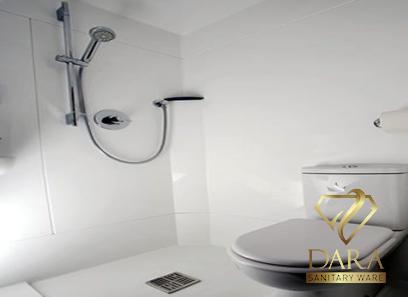






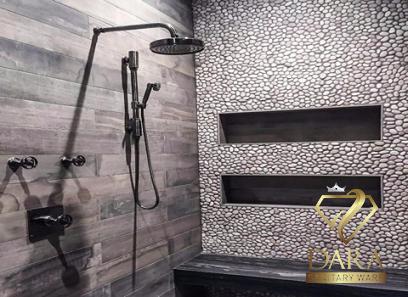
Your comment submitted.